Growth in Defense and Military Applications
The tungsten market is significantly influenced by the growth in defense and military applications. Tungsten's high density and strength make it an ideal material for armor-piercing ammunition and other military hardware. The U.S. defense budget has seen consistent increases, with allocations for advanced weaponry and protective gear. In 2025, the defense budget is projected to exceed $800 billion, which could lead to heightened demand for tungsten-based products. This trend suggests that as military needs evolve, the tungsten market will likely expand to accommodate new applications, thereby driving revenue growth for manufacturers and suppliers.
Technological Advancements in Manufacturing
The tungsten market is experiencing a notable impact from technological advancements in manufacturing processes. Innovations such as additive manufacturing and precision machining are enhancing the efficiency and quality of tungsten products. These advancements allow for the production of complex geometries and reduce material waste, which is crucial in a market where tungsten is often costly. As a result, manufacturers are likely to see a decrease in production costs, potentially leading to lower prices for end-users. The integration of automation and robotics in production lines further streamlines operations, increasing output capacity. This trend appears to be driving growth in the tungsten market, as industries seek to leverage these technologies to meet rising demand.
Increased Investment in Renewable Energy Technologies
The tungsten market is poised for growth due to increased investment in renewable energy technologies. Tungsten is essential in the production of components for solar panels and wind turbines, which are critical for the transition to sustainable energy sources. The U.S. government has committed to investing over $100 billion in renewable energy initiatives by 2026, which could significantly boost demand for tungsten. As the push for clean energy intensifies, manufacturers in the tungsten market may find new opportunities to supply materials for these technologies, thereby enhancing their market position.
Expansion of Automotive Industry and Electric Vehicles
The tungsten market is likely to benefit from the expansion of the automotive industry, particularly with the rise of electric vehicles (EVs). Tungsten is used in various automotive applications, including high-performance components and battery technologies. The U.S. EV market is expected to grow rapidly, with projections indicating that EV sales could reach 30% of total vehicle sales by 2030. This shift towards electrification may drive demand for tungsten, as manufacturers seek materials that enhance performance and efficiency. Consequently, the tungsten market could see a surge in opportunities as automotive companies increasingly incorporate tungsten into their designs.
Rising Demand in Electronics and Electrical Applications
The tungsten market is benefiting from the rising demand in electronics and electrical applications. Tungsten is utilized in various electronic components, including contacts, filaments, and semiconductors, due to its excellent conductivity and thermal resistance. The U.S. electronics industry is projected to grow at a CAGR of 5% through 2025, which may lead to increased consumption of tungsten. As technology advances, the need for more efficient and durable electronic components is likely to drive further demand for tungsten. This trend indicates a robust market potential for tungsten suppliers catering to the electronics sector.


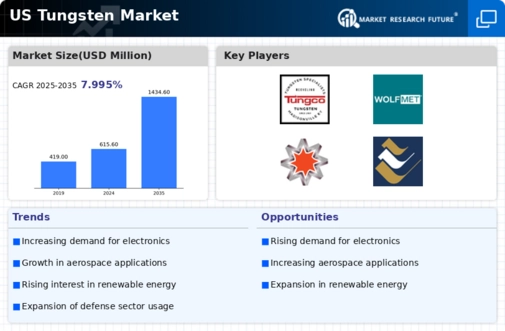

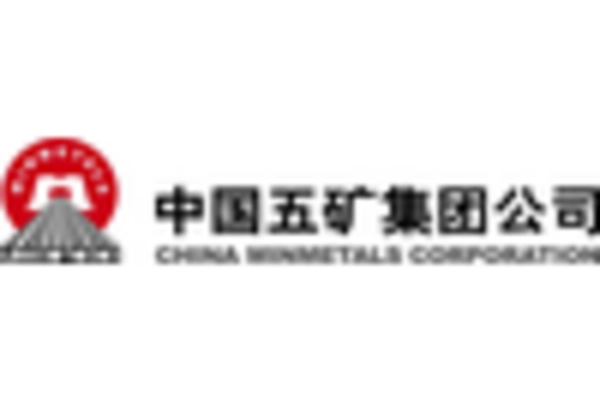
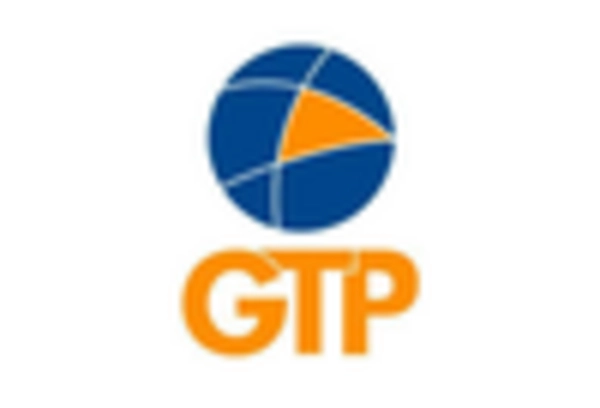

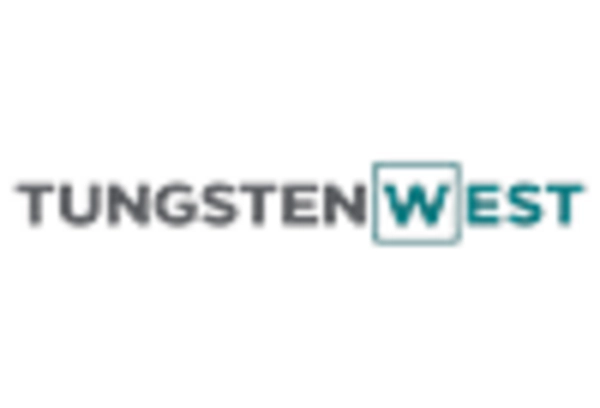
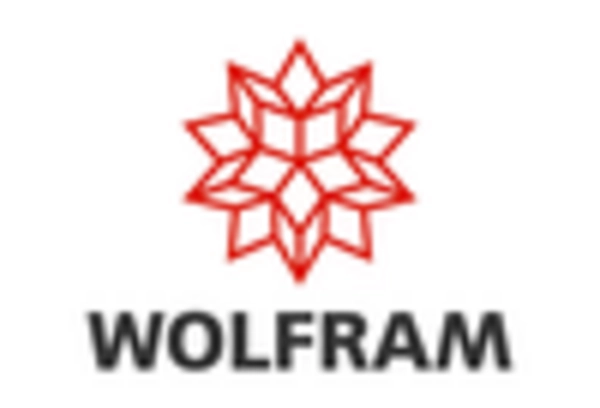








Leave a Comment